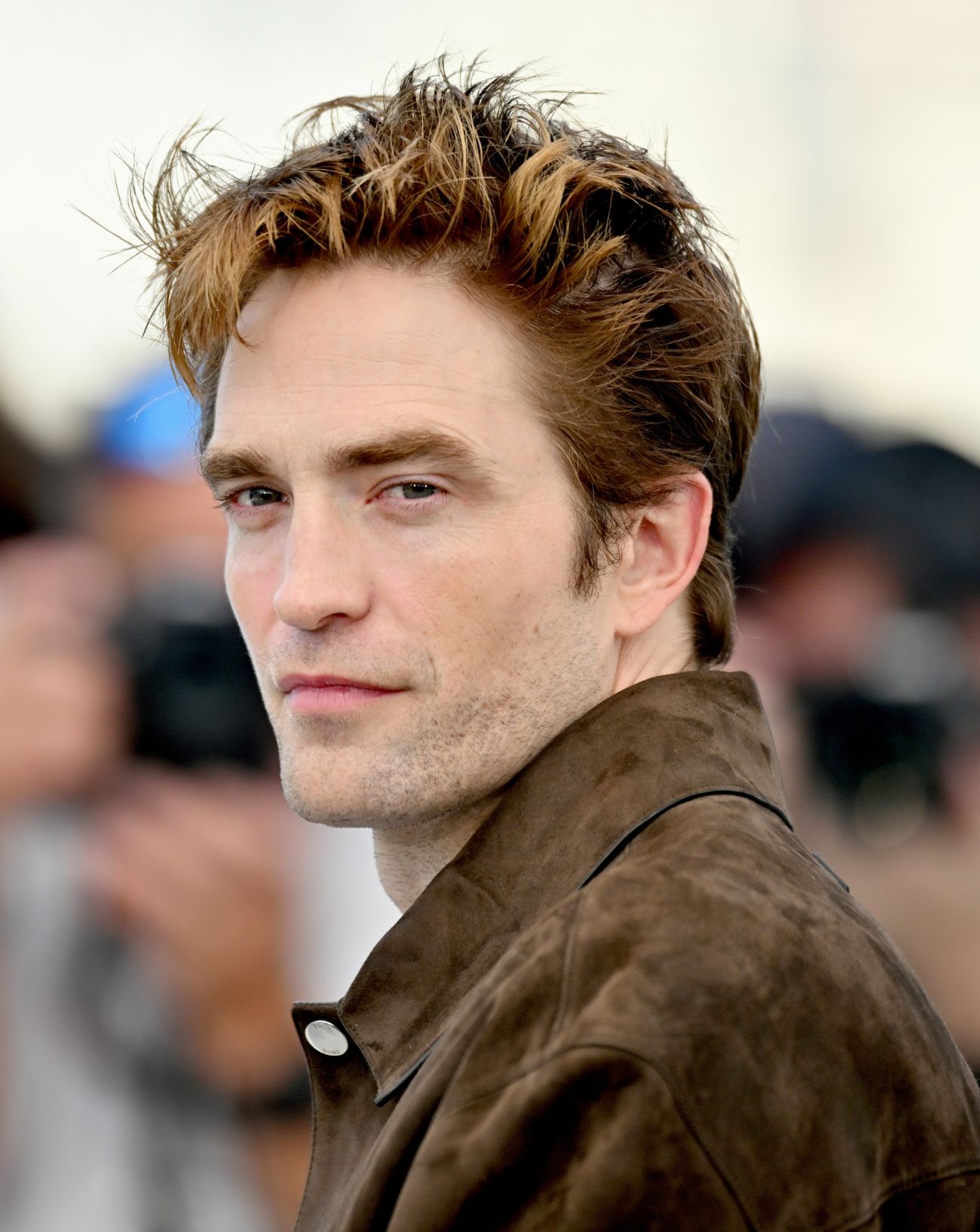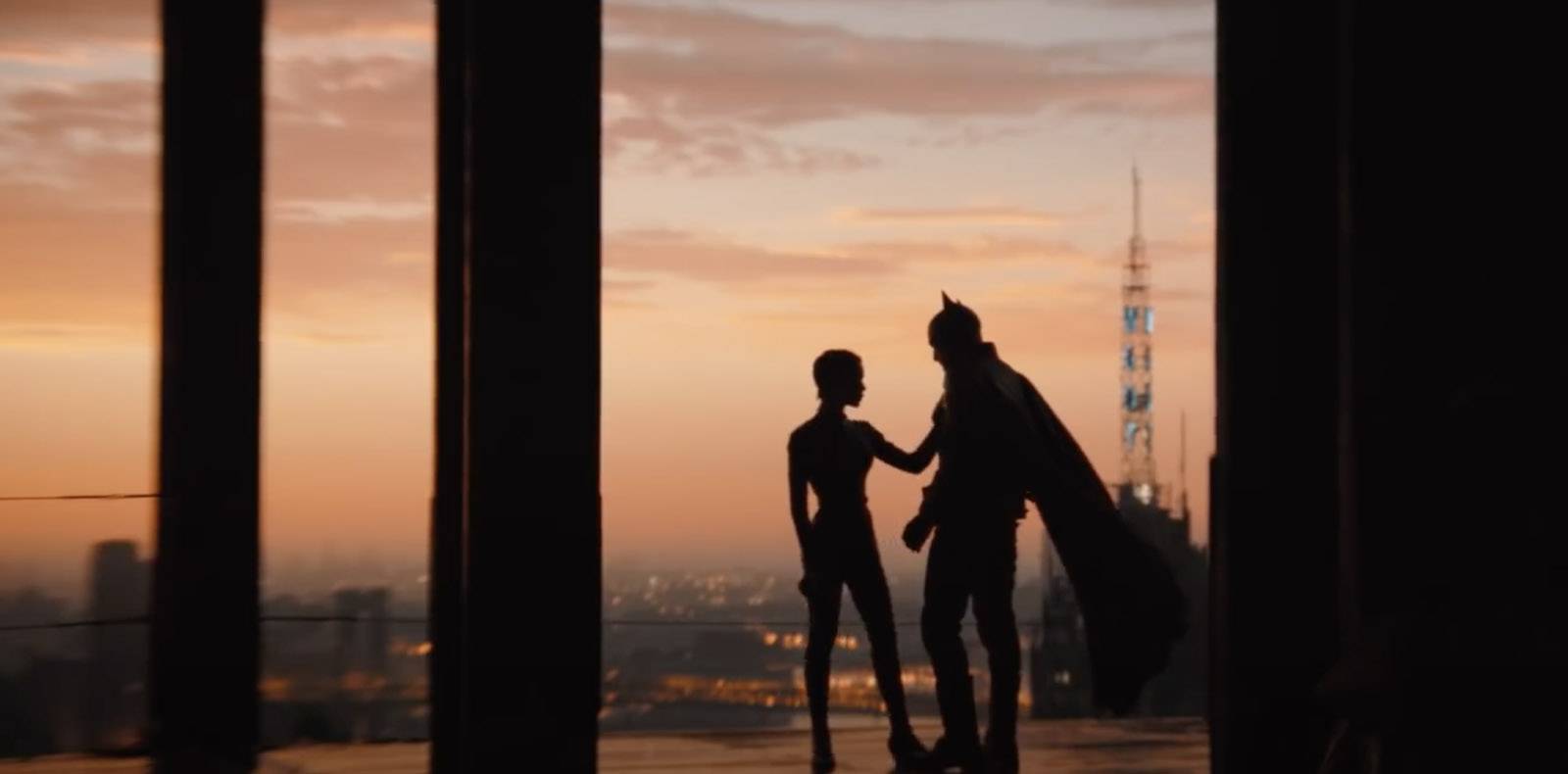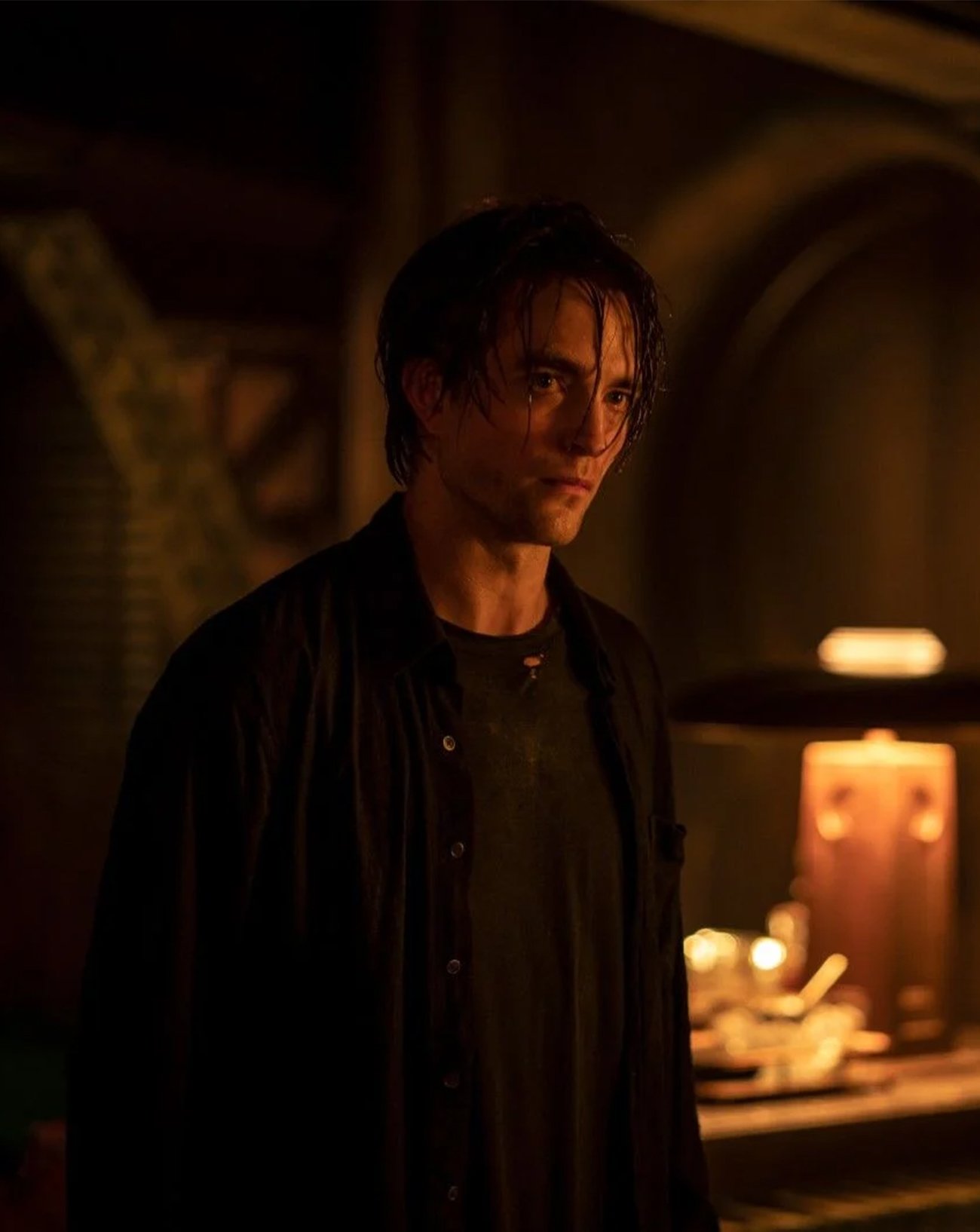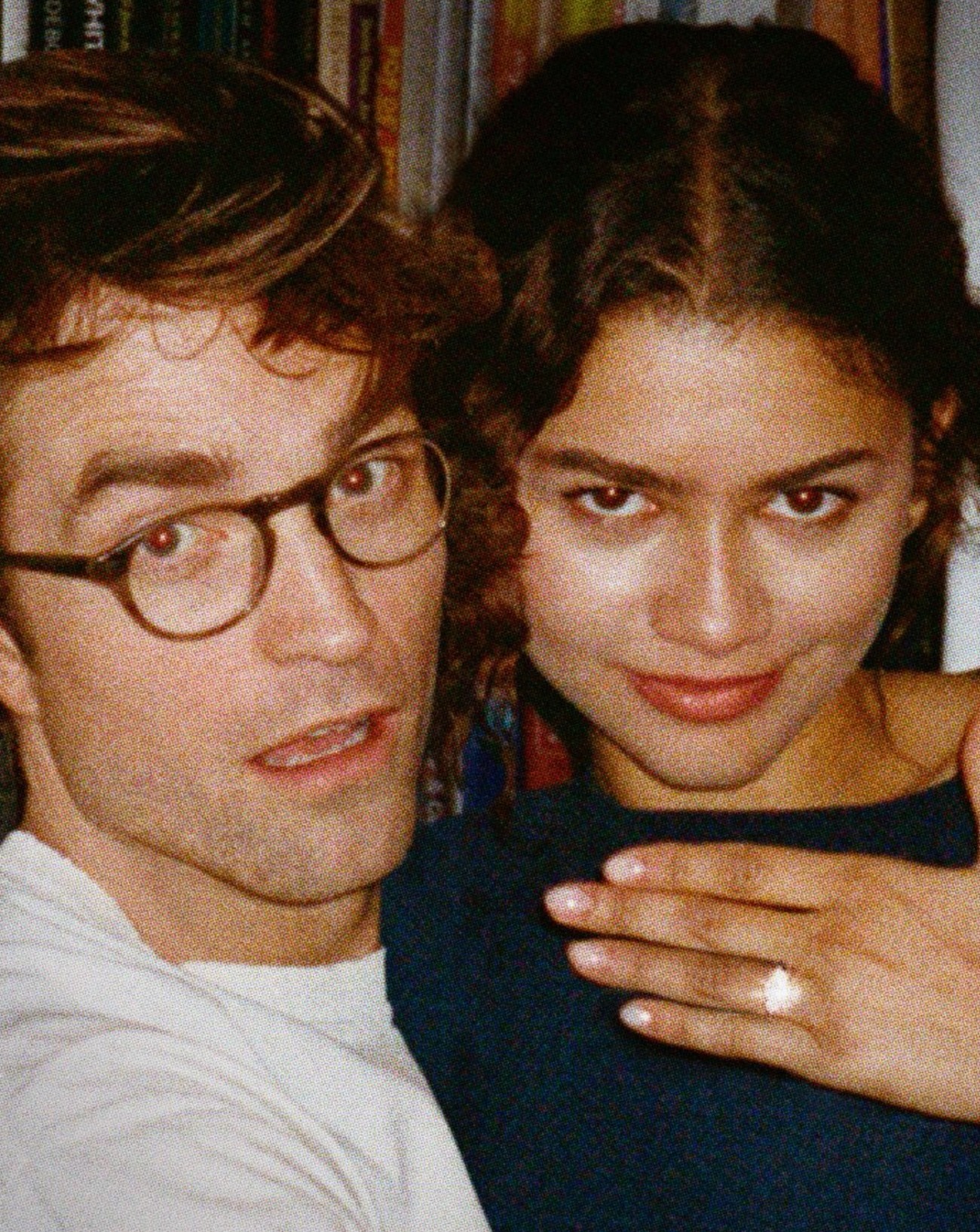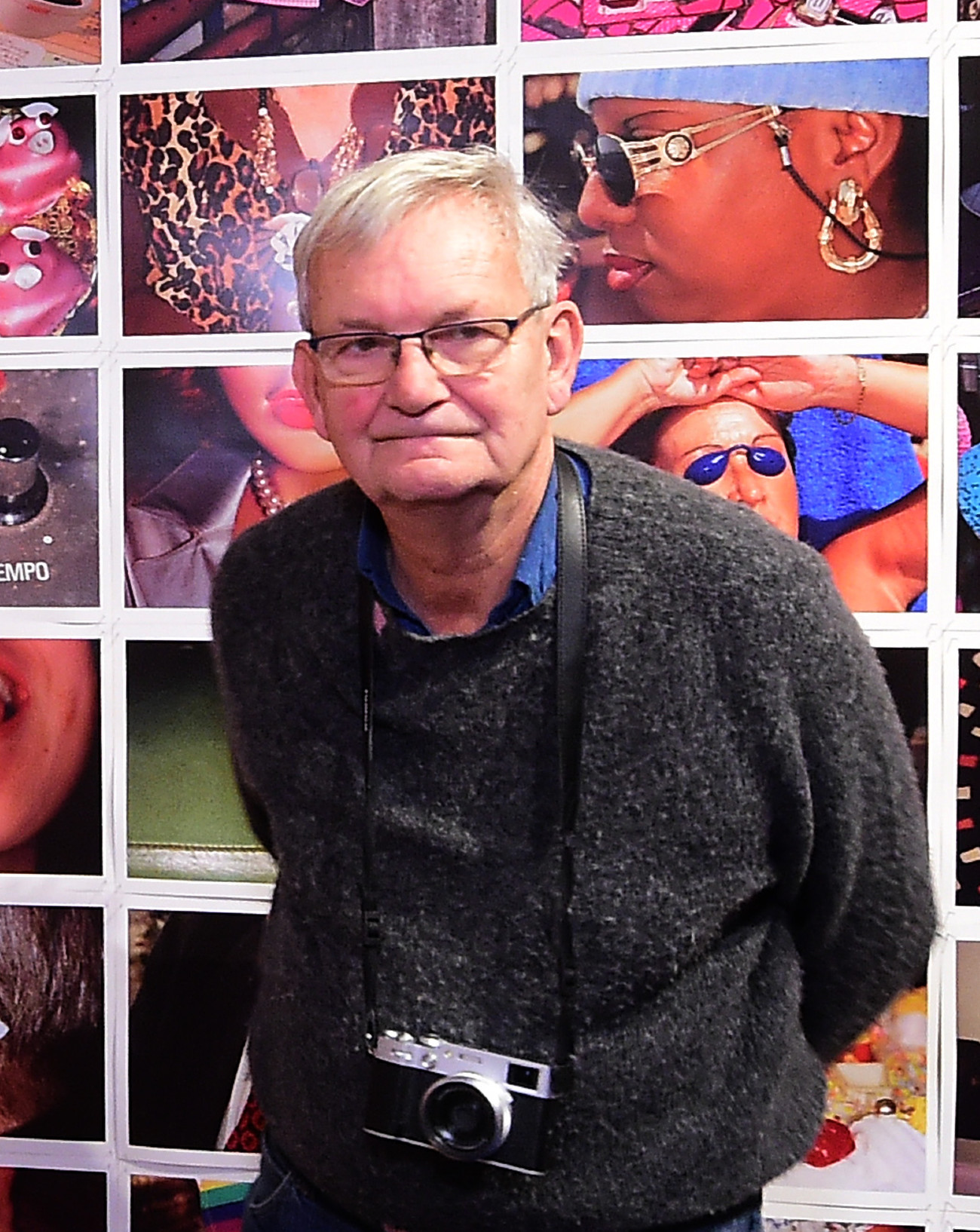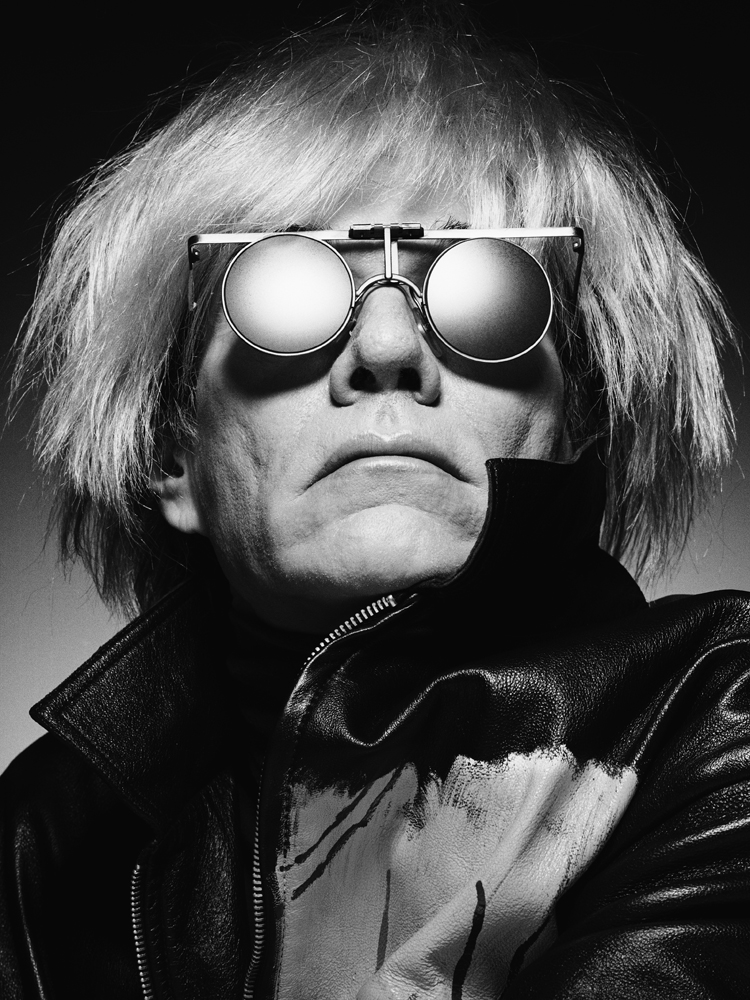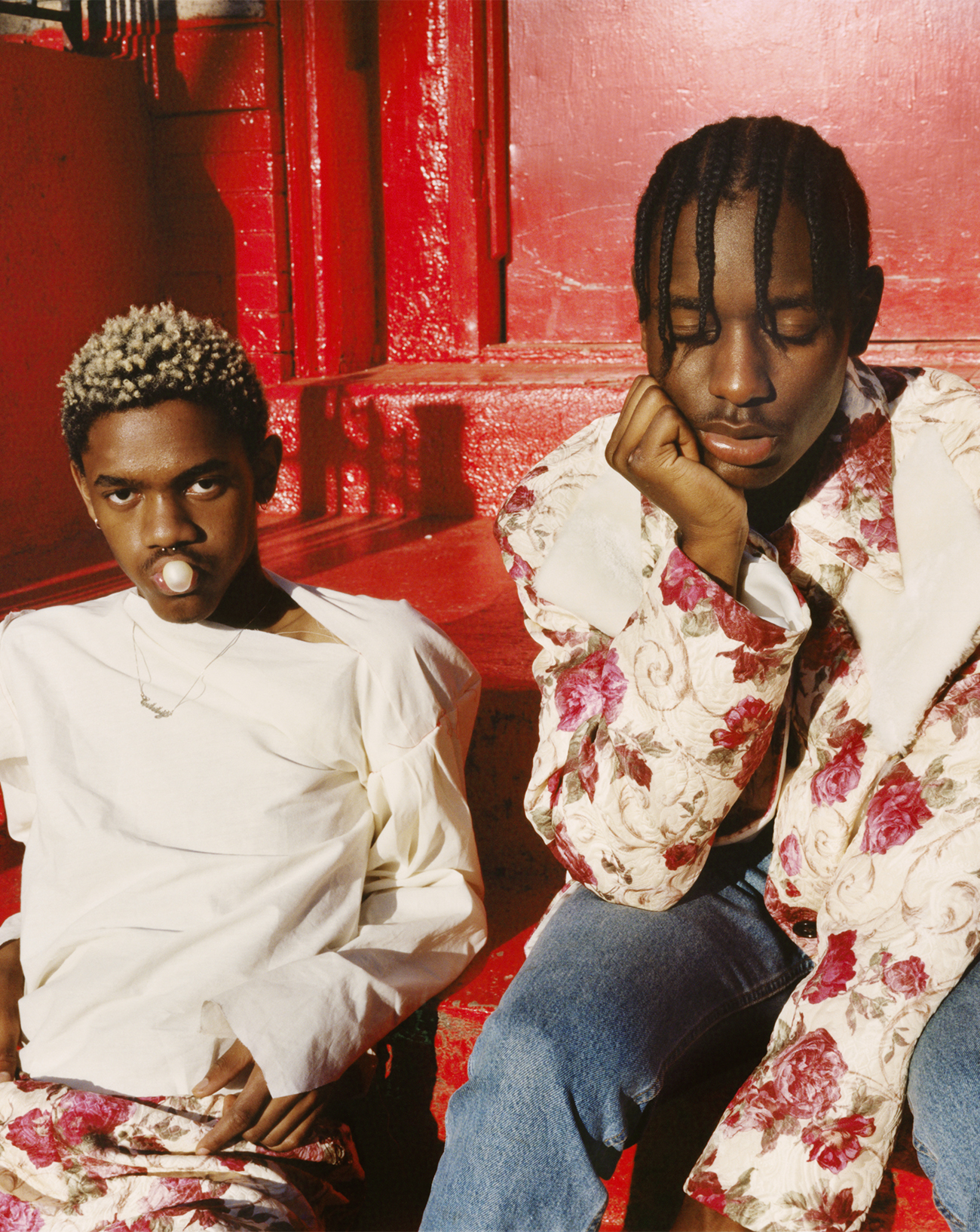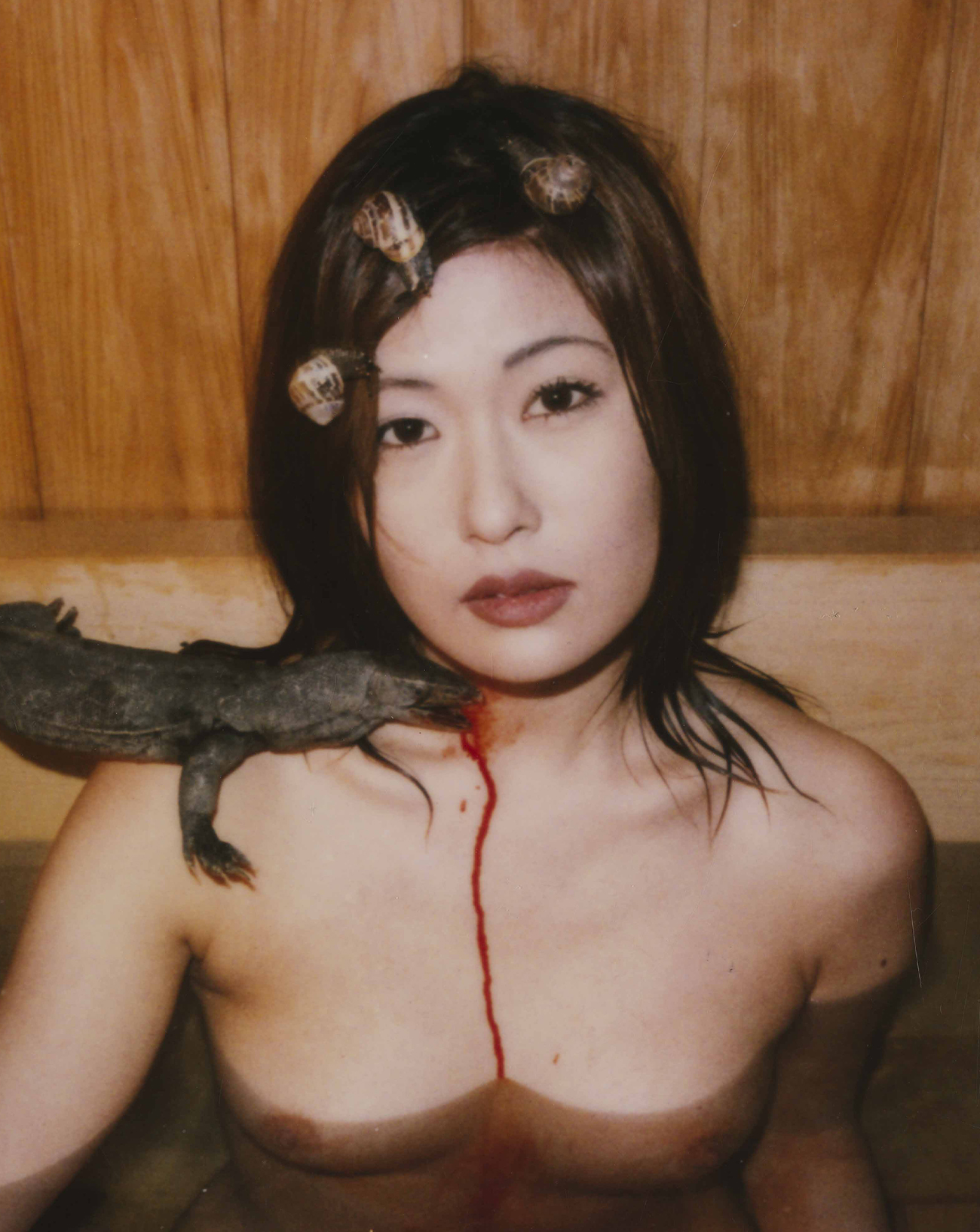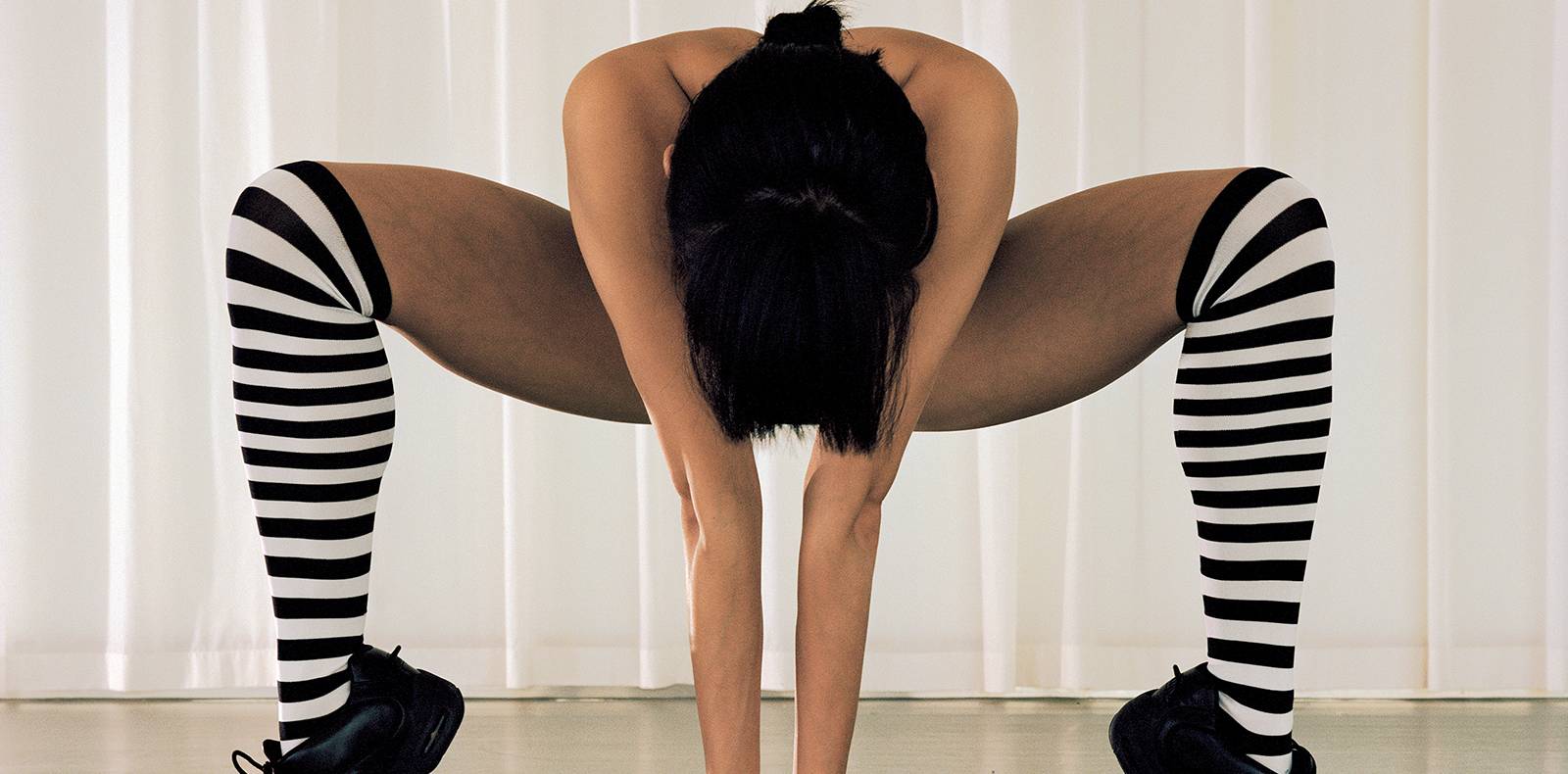
5
How Torbjørn Rødland’s photographs cast doubt on our reality
Isn’t art’s mission to question us rather than reassure us? Torbjørn Rødland’s photographs reveal a problematic aspect that is characteristic of any work of art. Their seduction is coupled with an obscure meaning, leaving it to each person to interpret them as he or she sees fit.
Published on 5 October 2021. Updated on 31 May 2024.
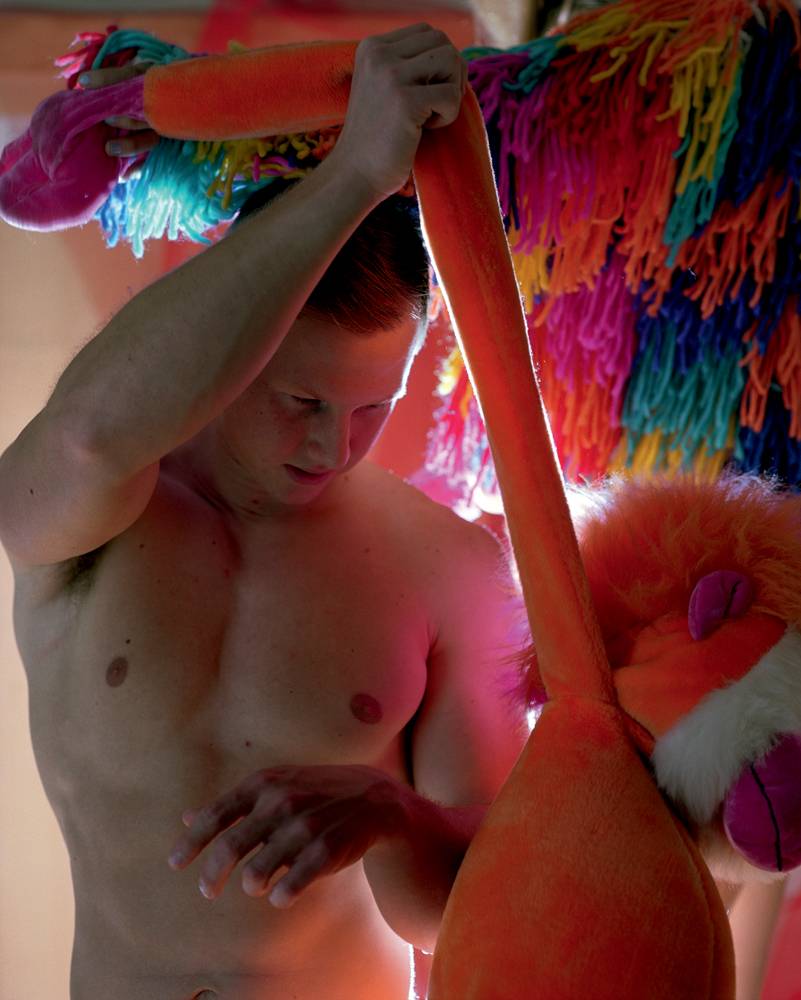
We have definitely changed eras. More and more often, we can read here and there that this or that work is “problematic” – and in general, this is not a good sign for the work in question, which is at the same time propelled to the abyss of the Cancel Culture, if not various forms of suspicion. That it is “problematic” is nevertheless the least that can be expected from a work, in any case it is first of all one of the characteristics that differentiates it from advertising, propaganda or decoration. Only “problematic” works can be used to construct art history: the others, perhaps, and even the most explicitly demanding of them, only feed the entertainment industry – which is not “problematic” in itself but represents, let’s agree, another objective. At the age of 50, the Norwegian photographer Torbjørn Rødland is at the head of a body of work that he wanted to be resolutely “problematic”: not free of meaning, but subject to interpretation. “If someone looks at one of my images and asks me what it means, I say, ‘Yes, what does that mean?’ I create these images because I am interested in their history. I hope that everyone can imagine something by looking at them, find meaning in them.”
Torbjørn Rødland was born in 1970 in Stavanger, Norway’s fourth largest city – also one of the oldest, founded in 1125 – and has been based in Los Angeles, in the mountainous district of Laurel Canyon, for the past ten years. In Stavanger, he followed a course of He graduated from the National College of Art and Design in Bergen. The first works he exhibited were made while he was still a student: composed of 21 images, the series In a Norwegian Landscape (1993-1995) is a succession of self-portraits that present him in the obviously magnificent Norwegian nature. On the first seven, he carries a plastic supermarket bag: this bag, on its own, produces a disturbance as its presence seems to deconstruct the perfect beauty of the situation without totally ruining it.
“I create these images because I am interested in their history.”
Curiously, this series of images, now thirty years old, could appear in the photographer’s work today and we would see nothing but fire, and this observation could also apply to even older images, which he did not exhibit, but agreed to publish in the magazine Dazed. One of them (already a self-portrait) shows him, as a teenager, staring at the lens and holding a mug decorated with an eye in his hand, this third eye complicating the scene quite a bit, or, more precisely, offering it less literal narrative possibilities. Rødland had the opportunity to understand early on that making a complex image is a difficult choice: while as a teenager he contributed to local newspapers with press cartoons, he found that his services were called upon less and less as his drawings became more ambiguous.
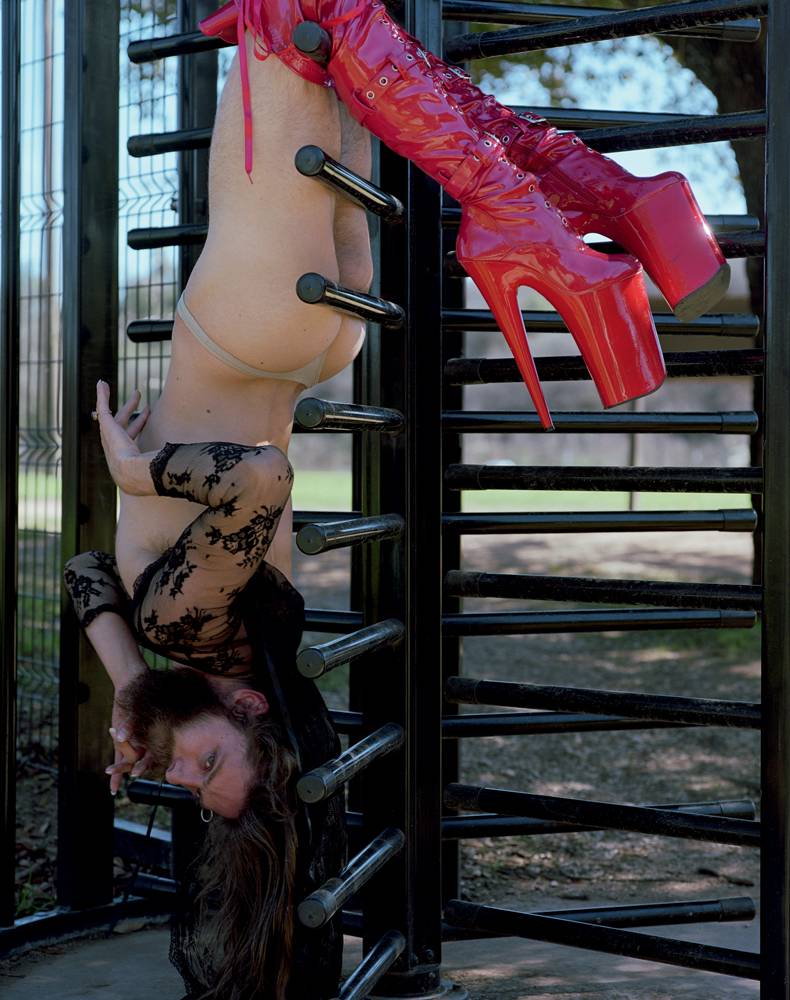
His major exhibition presented at the Jones Center (The Contemporary Austin, Texas) until August 15 is entitled “Bible Eye”. The one that ended in March 2021 at the Eva Presenhuber Gallery in Zurich, was called “More than Tongue Can Tell”. The combination of these two titles sets the tone for his photographic work which, since the 90s, has not given up inspiring pleasure and anxiety by imposing on the viewer a different form of transaction. Instead of addressing us with a meaning that we should simply understand, and then the deal would be done, Torbjørn Rødland’s works confront us with all kinds of assumptions: they are structured in such a way that, as different as we are from each other, this meaning differs for each of us. And these are diabolical traps that quickly become obsessive, because at the same time as we project this meaning onto them, we are perfectly aware that this meaning depends only on us. “I like to think of tarot cards as very good templates for my images. Each card has a symbolism, but its meaning is very open, it depends on the person reading the card, for whom he is reading it, and it changes according to the other cards placed on the left and right. The tarot card remains open to the questions that each individual asks, to his or her history, and, in my case, to the memories of popular photography. If I was 100% sure what one of my photos meant, then I wouldn’t really want to show it, or even take it, for that matter. I’m interested in everything that has several degrees of meaning, which can change its meaning, which is what makes different people have a different reading of the final image.”, he explained to Trine Stephensen for the Paper Journal.
Torbjørn Rødland’s images do not produce strangeness, they produce doubt and, as the irruption of a plastic bag carried in the hand in a grandiose nature thwarts the intention of “beautiful photography”, often simply resort to a principle of duality. Two characters in the image (even if we only see one hand of one of them) are often of different ethnicities, sizes or ages: nothing is ever as simple as it seems, and in this slight sidestep from the obvious, doubt rushes in and the narration begins. It is quite surprising to be confronted with an image that chooses to be silent and at the same time seems to say to us: “It’s up to you.” Paradoxically, it is this ambiguity that makes their style and homogeneity, in exactly the same way that each episode of the Black Mirror television series can feature totally different actors, play in totally different eras, but still form a whole with a unique style.
“If I was 100% sure what one of my photos meant, then I wouldn’t really want to show it, or even take it, for that matter.”
Rødland’s work now spans some thirty years, but it is difficult to say whether a particular work is new or older. Not that he has gone through the recent history of photography without taking note of the bifurcations inflicted on him by advertising photography in the 90s, fashion photography in the 2000s and intimate photography in the era of social networks and self-exposure. But the inflections imposed by images in general on his photography in particular are not literal either: at most simple traps to tame our attention. In addition, his works have stood the test of time without being intimidated by digital photography: Rødland only uses film – and consents to the uncertainty of an unrepentant result. Repentance, in this matter, would be quite useless. His images seem to be the fruit of such patient premeditation that they summon sophisticated Caravaggio chiaroscuro or seem to rely on the climatic conditions of the moment.
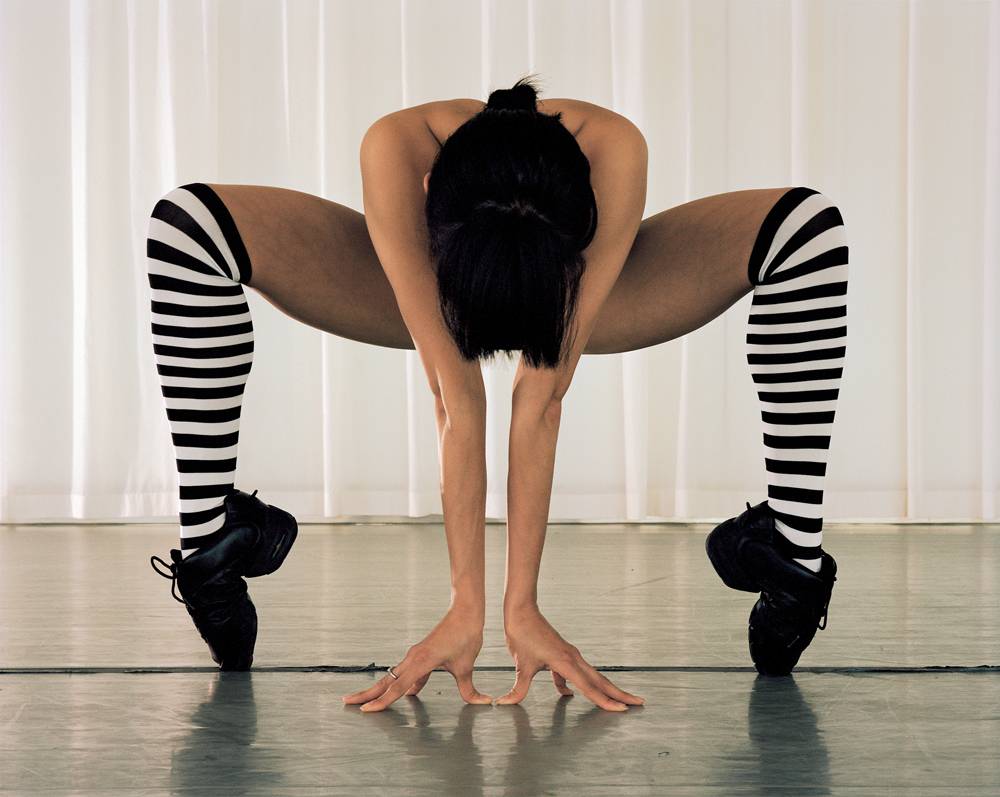
“His images have specific destinations, some are intended to be exhibited, others to be published in magazines, others to be collected in books, which sometimes creates some confusion among collectors”explains Florence Bonnefous, who has been exhibiting the artist in Paris since 1999 in her Air de Paris gallery. And on rare occasions, the images change category. Thus, in 2015, at the Rodolphe Janssen Gallery in Brussels, he exhibited a set of photographs featuring Paris Hilton – which had been commissioned from him by the magazine Purple. “She is sitting between her two dogs. She looks calm, but her Instagram is crazy. Nine hundred likes per minute. If your art seems frozen to you, then go for a walk in the water, or find something else,” he writes in a short introduction to the catalogue. But he did not transform into “works of art” the commissioned images he made with Nicolas Cage, Robert Pattinson or the singer Sophie. And for all these images, the model’s celebrity seems to be just another layer of information. To Maurizio Cattelan , who interviewed him in 2017 and asked him what an image is made of, he replied: “Layer upon layer of perception and identification.”
His images seem to be the fruit of such patient premeditation that they summon sophisticated Caravaggio chiaroscuro or seem to rely on the climatic conditions of the moment.
Jean-Luc Godard’s famous formula according to which “Tracking shots are a matter of morality” invites us to think in the same way about the way in which Torbjørn Rødland considers photography and, of course, the place of the latter among contemporary images, those of the digital age or those of photojournalism in the age of social networks. His position, it seems to me, is based on a certain morality: “I stand there, next to the person who is looking at these images, and I say to him: ‘Oh my goodness, isn’t it?’ I’m not overlooking, as if I knew in advance what she should be looking for in these images, what she should find there. I’m next to her, finding these photos fascinating too, without really knowing what they mean.”






